#national museum of archeology
Explore tagged Tumblr posts
Text

Venus of Malta
Date created: -4100/-2500
Found at Hagar Qim Temples, Malta
Ceramic
Neolithic
Period: Temple Period
National Museum of Archeology, Valetta
#found#art#sculpture#neolithic#Venus of Malta#sculptures of women#Malta#national museum of archeology#archeology#ancient history#the ancient world#pre christian art
9 notes
·
View notes
Text
I DID SOMETHING NEW!
I’ve been nothing but a boring person. At least, that’s how I see myself. Let me tell you about my routine.
At late morning, I wake up and have brunch. While eating and a long while after it, I watch something on Netflix or YouTube. Two hours before work, I take a nap. An hour before work, I wake up and get up then WORK. After work, I eat snack then prepare to bed. Use my phone in bed then sleep. The next day, I do it all over again. THAT’S MY WEEKDAYS. Well, I do almost each and everything of them on weekend except one action, work. NOW, THAT’S MY WHOLE WEEK.
Just this one time, I’ll let you judge me. Aren’t I boring?
Since the pandemic badly hit us, that’s my usual routine. The height of the pandemic was in March 2020, here in the Philippines. Since then, until now, I work at home. It has been more than 3 years that I have the same routine, imagine what it did to my physical and mental health.
Couple of weeks ago, I was in one of my dark days. I felt so trapped in my own thoughts. My mind was so noisy, I tried to shut it with music. I love Disney movies, so I played Spotify’s playlist, Disney Hits. Do you know the song “What Else can I do?” sang by the character Isabella? One, just one line hit me hard, “I wanna feel the shiver of something new”. I want that too. I want something new. Then I thought, I will break my weekly routine.
That is when I decided to go to museum hopping for the first time in Manila … alone.
Yep! Last Saturday, I went to three museums all by myself.
According to Google Maps, the museums are situated 30 km away from my house, more or less. I had to travel for more than an hour, alone. But it was pretty easy, thanks to LRT. And the museums? THE MUSEUMS ARE GREAT! I visited three neighboring museums. I first went to the National Museum of Natural History as it is the one nearest from the United Nations station. Next, I visited the National Museum of Fine Arts. Lastly, the National Museum of Anthropology. (I’ll talk about them more on a different blog.)
Bouncing from one museum to another is a different story, it was rather difficult. It was insanely hot. It was inferno. Well, I was in Manila. Wink wink, Dan Brown.
Kidding aside, in my alone time, I found peace. Commuting alone, walking alone, touring around alone. Basically, just being outside alone was when my mind was solemn. I had no one to talk with. I had no one to be in awe of what I was seeing with. I had no one to walk under the scorching sun with. And I was okay with those. I am more than okay with those. I enjoyed every teeny, tiny bit of it.
I talked with myself. I was in awe with myself. I walked under the wrath of sun with myself. I genuinely enjoyed.
What’s my takeaway? Two words: I CAN.
I can step out of my comfort zone. It’s okay to be uncomfortable, be hot, be sweaty, and be tired. I can enjoy myself and I am not boring. I took selfies, in public, videos too, I’m proud of myself for those.
It was a day well spent with Claire. We had fun.

#travel#traveling#solotravel#stress#anxiety#pandemic#mental health#wheninmanila#manila#museum#museum hopping#national museum of natural history#national museum of fine arts#national museum of archeology
0 notes
Text

i want it to be known that the real sir john franklin had merch and it was popular
#the terror#amc the terror#the terror amc#sir john franklin#franklin expedition#history#archeology#national maritime museum
59 notes
·
View notes
Text

Top: beads of necklace, Scythian, 4th cen. BCE, Melitopol mound, Zaporizhzhia region, Ukraine
Bottom: "tattooed" Trypillian figurines, 4th millennium BCE
#from the national museum of the history of Ukraine#🧿#ukraine#ukrainian history#history#art history#art#scythians#scythian#scythian art#scythian jewellery#trypillya#trypillian culture#archaeology#trypillian archeological culture
35 notes
·
View notes
Text


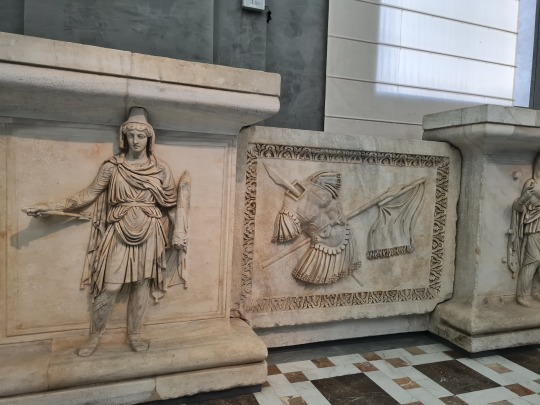
Reliefs from the Hadrianeum in Museo Archeologico Nazionale di Napoli
The persons represent provinces of the Roman Empire under the deified emperor Hadrian. The left figure is Scythia or Noricum, the middle figure is Armenia or Parthia and the right figure is Phrygia or Bithynia.
#naples#napoli#archeology#art#art history#art museum#museum#museum photography#national archeological museum#italy#italia#relief#emperor hadrian#history#ancient art#ancient rome#ancient history#archaeology#antiquity#roman empire#roman emperors#naples italy#campania#travel#travel photography#art photography#culture#photographers on tumblr
32 notes
·
View notes
Text
grumpy because my parents went to cool museums and archeological sites without meee
29 notes
·
View notes
Text
#OTD in 1980 – The Derrynaflan Chalice and other ancient silver and bronze pre-Christian antiquities are discovered in Co Tipperary.
The Derrynaflan Chalice is part of a hoard of altar vessels found in 1980 on a monastic site at Derrynaflan, a small island of mineral soil in Killeens bog in Tipperary. An excavation undertaken by staff of the National Museum recovered some missing components of the decorated objects, such as gold filigree panels, die-stamped mounts and rivets. The silver chalice is comparable to the Ardagh…
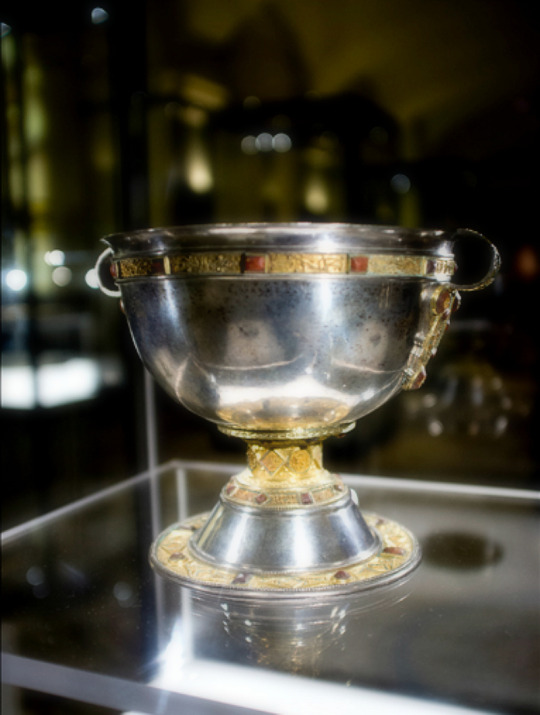
View On WordPress
#Altar vessels#Archeology#Ardagh Chalice#Co. Tipperary#Derrynaflan Chalice#Ireland#National Museum of Ireland#Relics
8 notes
·
View notes
Text









please look at these absolutely Shaped motherfuckers
5 notes
·
View notes
Text
National Museum of Denmark
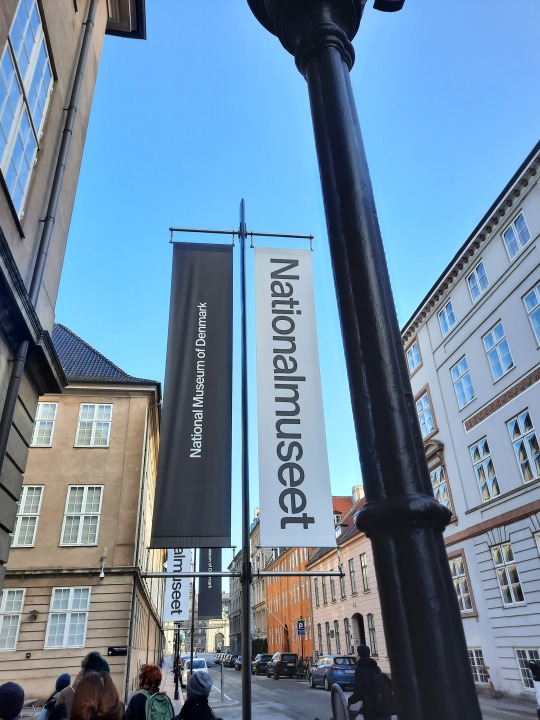
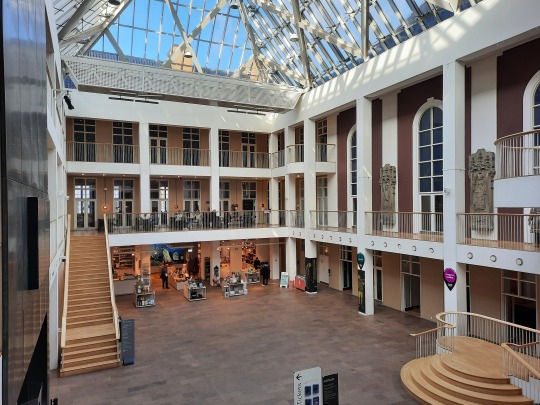

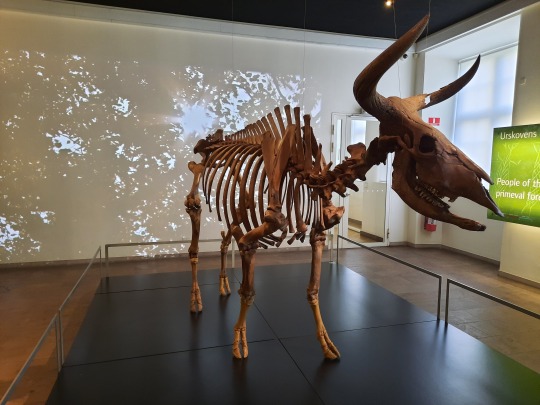
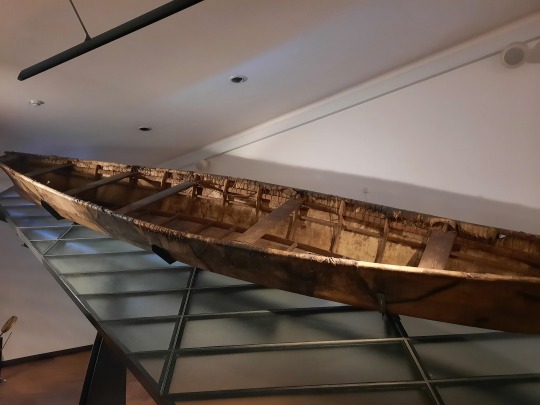
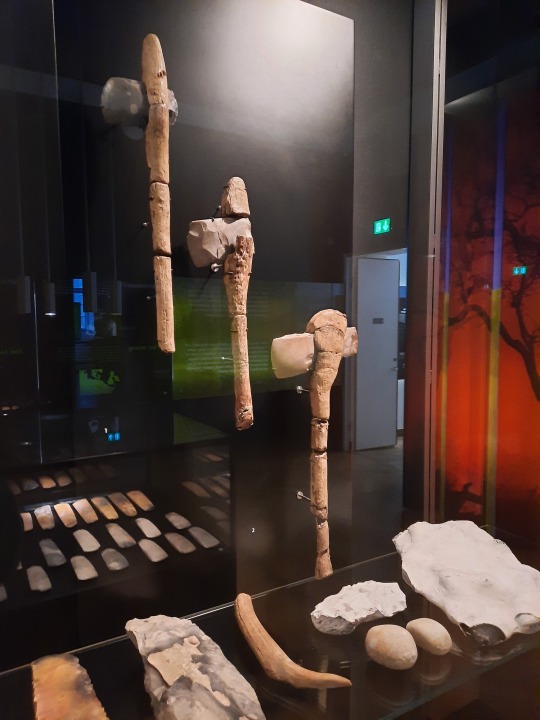
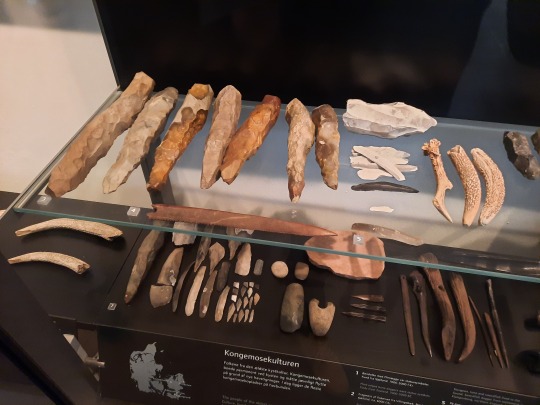
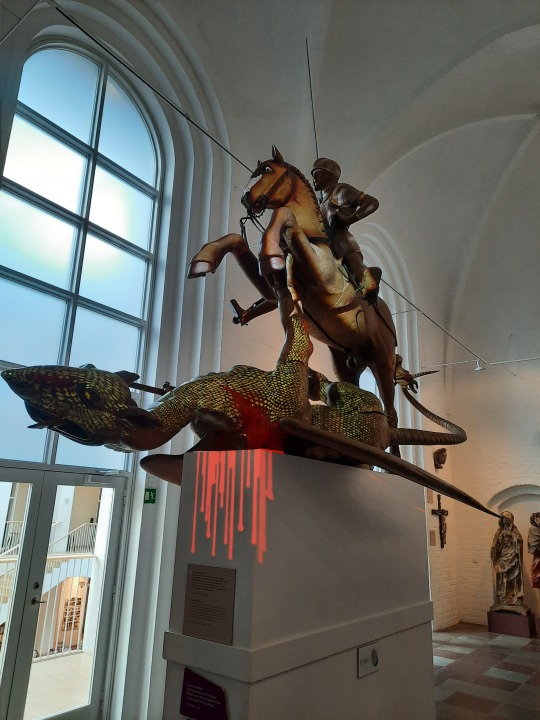
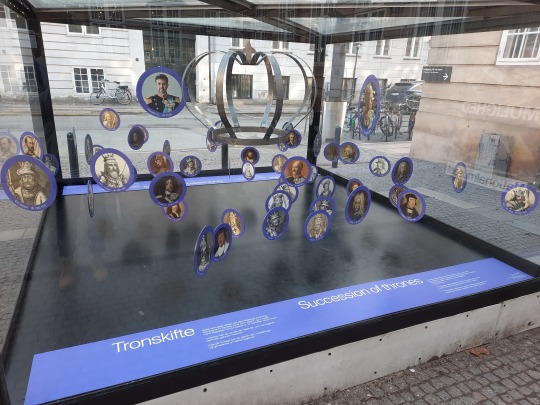
8 notes
·
View notes
Text
Return looted antiquities. Sign Dr Hawass's petition:
#antiquities#dr hawass#egyptology#museums#nazi looted treasures#berlin#germany#nefertiti#zahi hawass#tourism#looted#treasure#history#egyptian pharaoh#art#cairo#pyramids#queen#archeology#national treasure#egyptian history#egyptian
4 notes
·
View notes
Text

Face Carved into a Bead/Pebble
4100/-2500
Found at Tarxien Temples
Stone
Neolithic
Period: Temple Period, Malta
National Museum of Archeology, Valetta
#found#art#sculpture#neolithic#the ancient world#malta#national museum of archeology#valetta#face#carving
3 notes
·
View notes
Text
Life is around you and in you. Visit the rooftop gardens of Michigan

The Arab American National Museum (AANM) is poised to reopen its cultural gem for the summer, the Al-Hadiqa: AANM Heritage Garden, on Saturday, June 8. Nestled atop the museum, this verdant oasis is not just about flora; it’s a living testament to the rich tapestry of Arab American heritage.
Originally launched in June 2023, the garden features plants that reflect the culture and history of Arab Americans and includes audio stories of Metro Detroit Arab Americans. Visitors can scan a QR code on their phones to hear their stories.
The 2024 reopening celebration will take place from 4 to 7 p.m. It is free and open to the public. The garden will be open to visitors throughout the summer. Registration for the opening event is required.
As the only Arab American museum in the United States, the AANM has long been a beacon of cultural preservation and celebration. Last spring, the museum opened the Al-Hadiqa to extend its embrace of nature and showcase the integral role of gardening and agriculture in Arab American identity.
Most items in the outdoor rooftop garden come from donations of seeds and cuttings, both from local plants that the Arab American community has adopted into its culture as well as those from the Middle East.
As Susan Thwing explains, the AANM opened in 2005 and features a courtyard, library, and auditorium.
To create the garden, AANM partnered with the local East Dearborn community and the Garden Juju Collective to develop the design and stories in the space. Local gardeners donated seeds to grow in the garden.
By incorporating a combination of native Michigan plants as well as those found across the Arab world, the garden represents a uniquely Dearborn and Detroit-based Arab diaspora, organizers said.
The genesis of Al-Hadiqa speaks to the deep-rooted connection between the Arab American community and the land.
“I believe it is a metaphor for our heritage to be surrounded by beautiful nature and to have gardens in our own backyards. The garden is a way to uplift our stories,” said Fatima Al-Rasool, the museum’s public programming coordinator.
Al-Hadiqa, which translates to “The Garden” in Arabic, is more than just a collection of plants—it’s a living testament to the rich heritage and enduring resilience of the Arab American community.
From Aleppo peppers to Syrian peas to eggplants and traditional spices, the garden features plants that can be used as a living exhibit. The garden also includes Michigan native pollinator plants to attract beneficial bees and insects for plant growth.
As visitors wander through the garden, they’ll also discover QR codes nestled among the foliage, offering glimpses into oral histories and personal reflections shared by the community.
For Al-Rasool, Al-Hadiqa is a symbol of resilience and renewal.
“It’s very much in our genes and ourselves to plant and grow our food and garden,” she explained. “The garden not only celebrates our cultural heritage but also highlights the resilience of our community.”
During the reopening celebration, guests will explore the garden and engage with the rich tapestry of Arab American culture through a variety of activities and exhibits. The opening celebration promises something for everyone to enjoy, from crafts and refreshments to scavenger hunts and open-house tours.
“The event will fully activate the museum’s space with activities on every level,” Al-Fasool said. Al-Rasool said Al-Hadiqa represents more than just a garden—it’s a place where stories come to life.
“The garden is a testament to the beautiful stories in our neighborhood,” she said. “It’s a way for the Arab American community to stay connected to their heritage and to uplift the stories of those who have come before us.”
#arab american national museum#arab americans#middle east#michigan#university of michigan#gardens#nature#flowers#culture#history#museums#art history#archeology
0 notes
Text

On the left: Ornamented Trypillian dishes, 4th millennium BCE, Tomashivka village, Cherkasy region, Ukraine
On the right: Pot, Catacomb (Yamna) culture, 3rd-4th millenia BCE, Shadrivka village, Dnipro region, Ukraine
#art history#art#ukraine#ukrainian art#artwork#from the national museum of the history of ukraine collection#history#ukrainian history#support ukraine#ceramics#prehistoric art#prehistory#prehistoric ceramics#ancient art#ancient history#trypillian archeological culture#trypillian culture#trypillya#trypillia
18 notes
·
View notes
Text
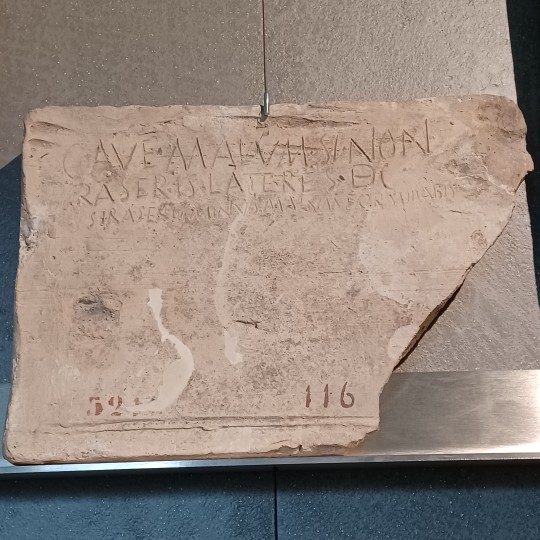
CAVE MALUM SI NON RASERIS LATERES DC SI RASERIS MINUS MALUM FORMIDABILIS
"Take care if you haven't smoothed 600 bricks; if you've smoothed less you'll run into serious trouble."
A craftsman's joke or a slave's bitter complaint about the excessive demands of his master. These words, written on an unfired Roman brick, throw light on the conditions of labour in ancient brick workshops, where production rates were pressing. Written sources recount that average production was about 200 or 300 units a day for each workshop slave or labourer.
National Archeological Museum of Aquileia
0 notes

